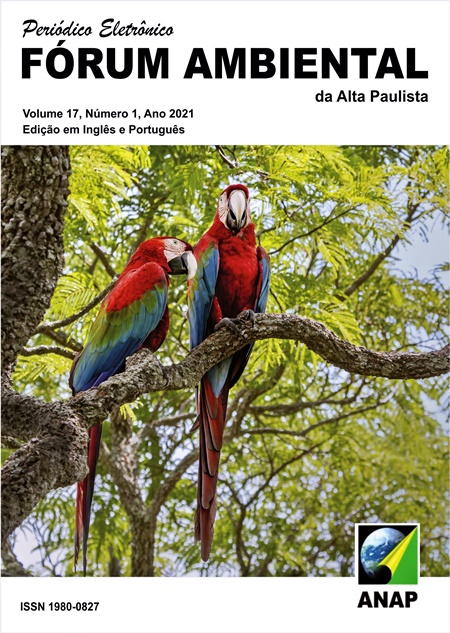Tannin and chemical-based agents for coagulation and flocculation of landfill leachate
DOI:
https://doi.org/10.17271/1980082717120212557Keywords:
Waste. Effluents. Coagulants. Flocculation. Pollutant removal.Abstract
Effluents generated in landfills are difficult to treat and require different forms of treatment to reach the necessary polishing for disposal. Leachate is usually treated in stabilization ponds where pollutants are significantly removed, but it might not be enough for disposal. Thus, we aimed at evaluating the applicability of the natural coagulant Tanfloc SG and the chemical coagulant PAC, with the addition of the anionic flocculation auxiliary polymer (PA), in the coagulation / flocculation processes as a post-treatment of landfill effluents. The tests were carried out by means of a jar test, with coagulant dosage ranging from 0 - 1,250 mg.L-1 and pH values ranging from 5 - 9, in three decantation times. The results showed that both Tanfloc SG and PAC are efficient in clarifying the effluents, even though they act well in different dosage values of coagulants and pH. The polymer dosage did not generate significant improvements in the variations of the variables studied, however, in some experiments it was shown to expand removal range in regards to some variables. The PAC coagulant showed to be efficient in the removal of suspended solids, dissolved materials, colloidals and humic substances, and Tanfloc SG acted mainly in the removal of solids.












